Rabih Mroué was born in Beirut in 1967, and currently lives in Berlin. His complex and diverse practice spans across different disciplines and formats. He has had performances, screenings, and exhibitions all across the world earning him much critical acclaim and prizes such as the 2012 Prince Claus Award and the 2010 Spalding Gray Award.
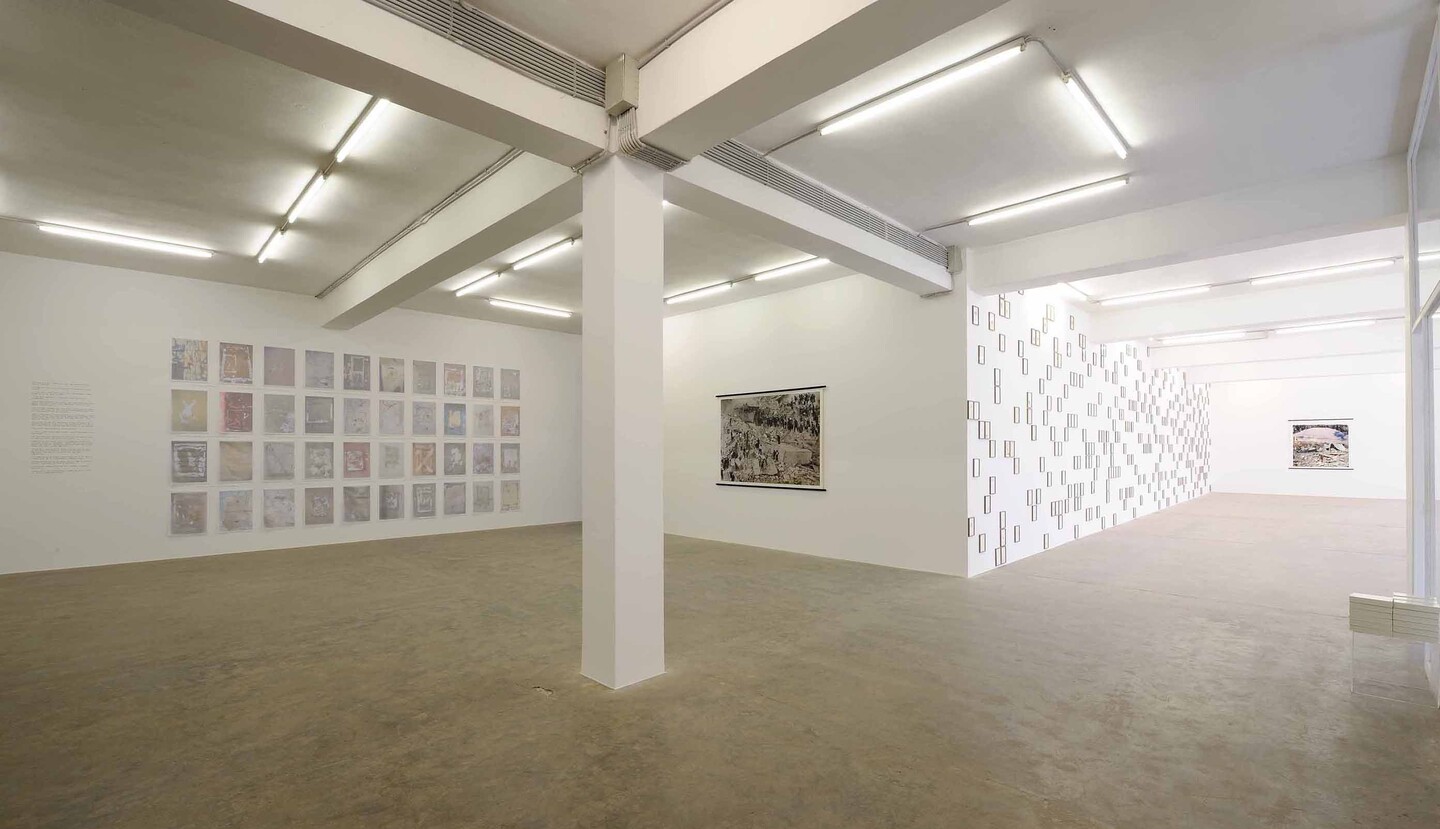
For this exhibition, the artist stages an immense scenography - heralding his background in theater - portraying war, escape, and personal histories through video, collages, and installations.

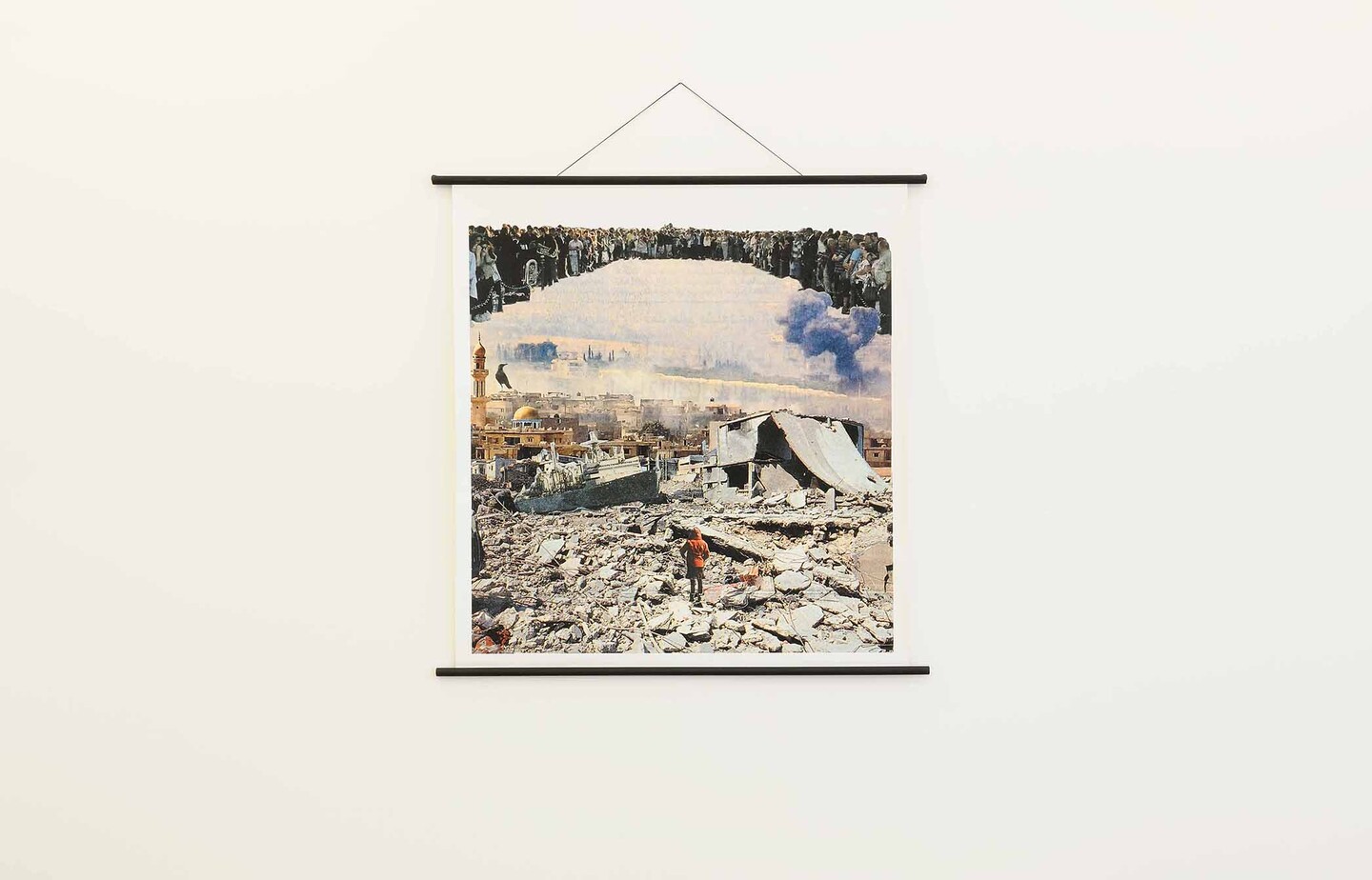
inkjet on canvas, wood, 158 × 150 cm, Ed. 5 + 1 AP
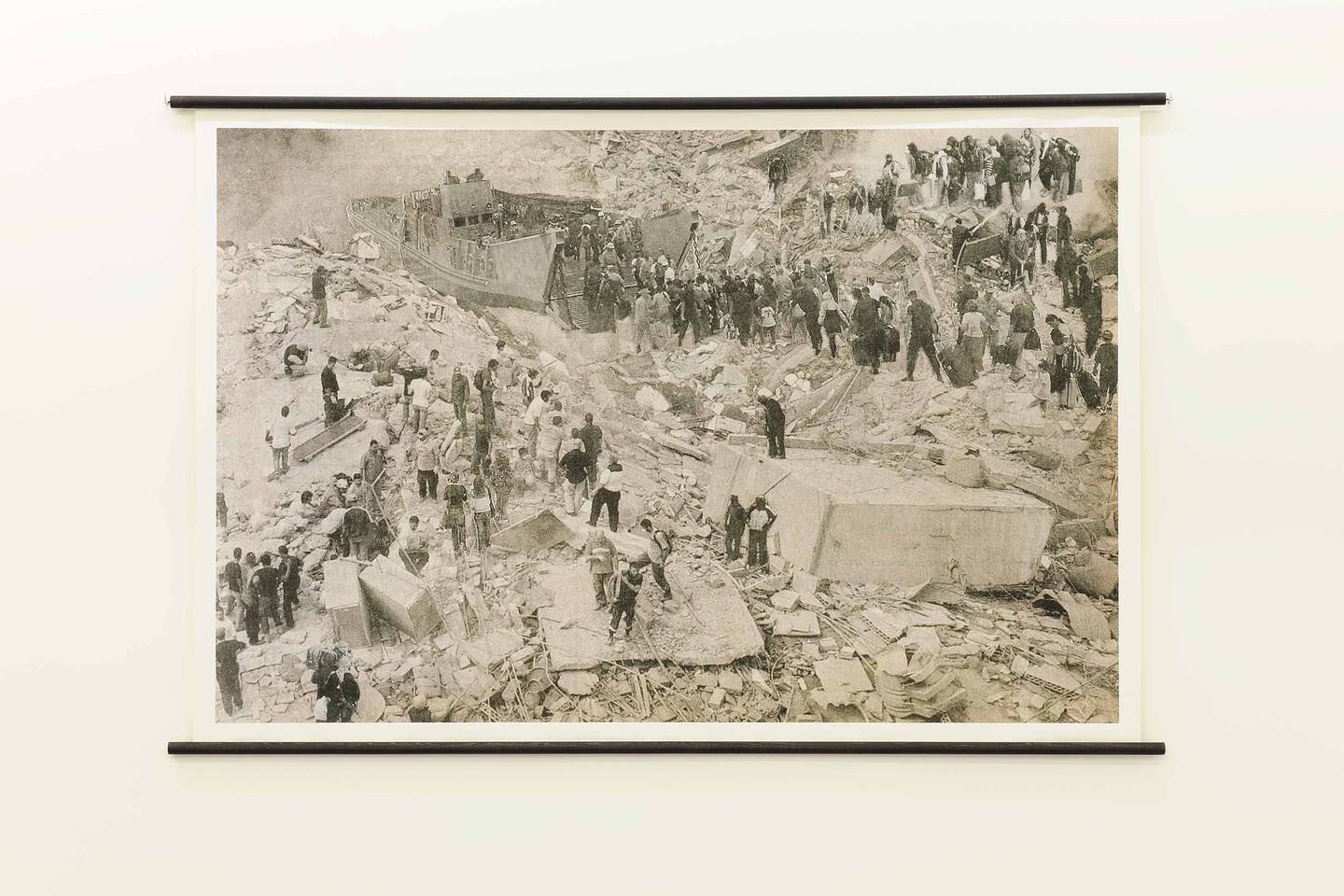
inkjet on canvas, wood, 154 × 234 cm, Ed. 5 + 1 AP
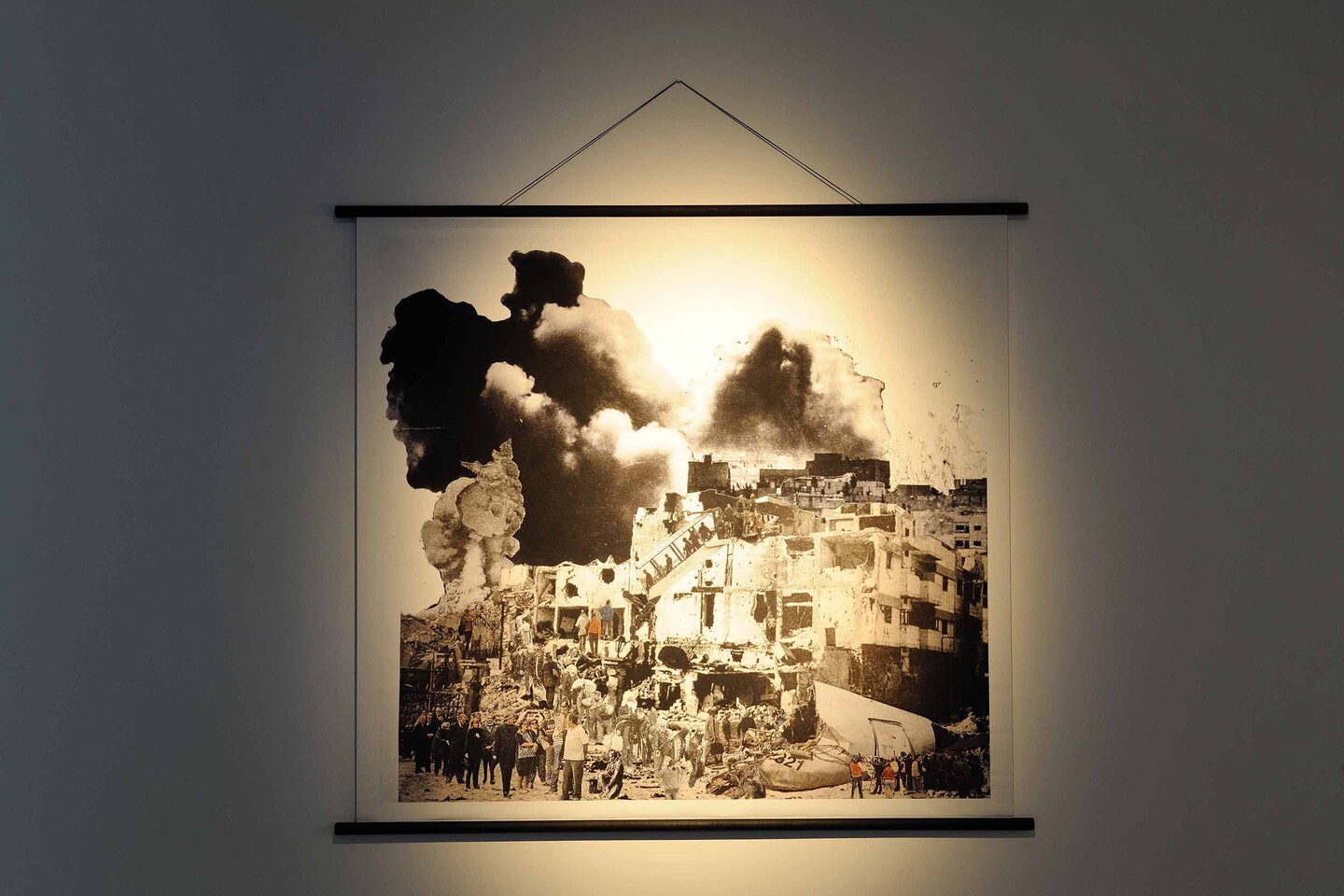
inkjet on canvas, wood, 158 × 150 cm, Ed. 5 + 1 AP
He presented a chapter of his research on the subject at dOCUMENTA in 2012, yet the works are a continuation of a long-term project reflecting on the representation of death in war images.
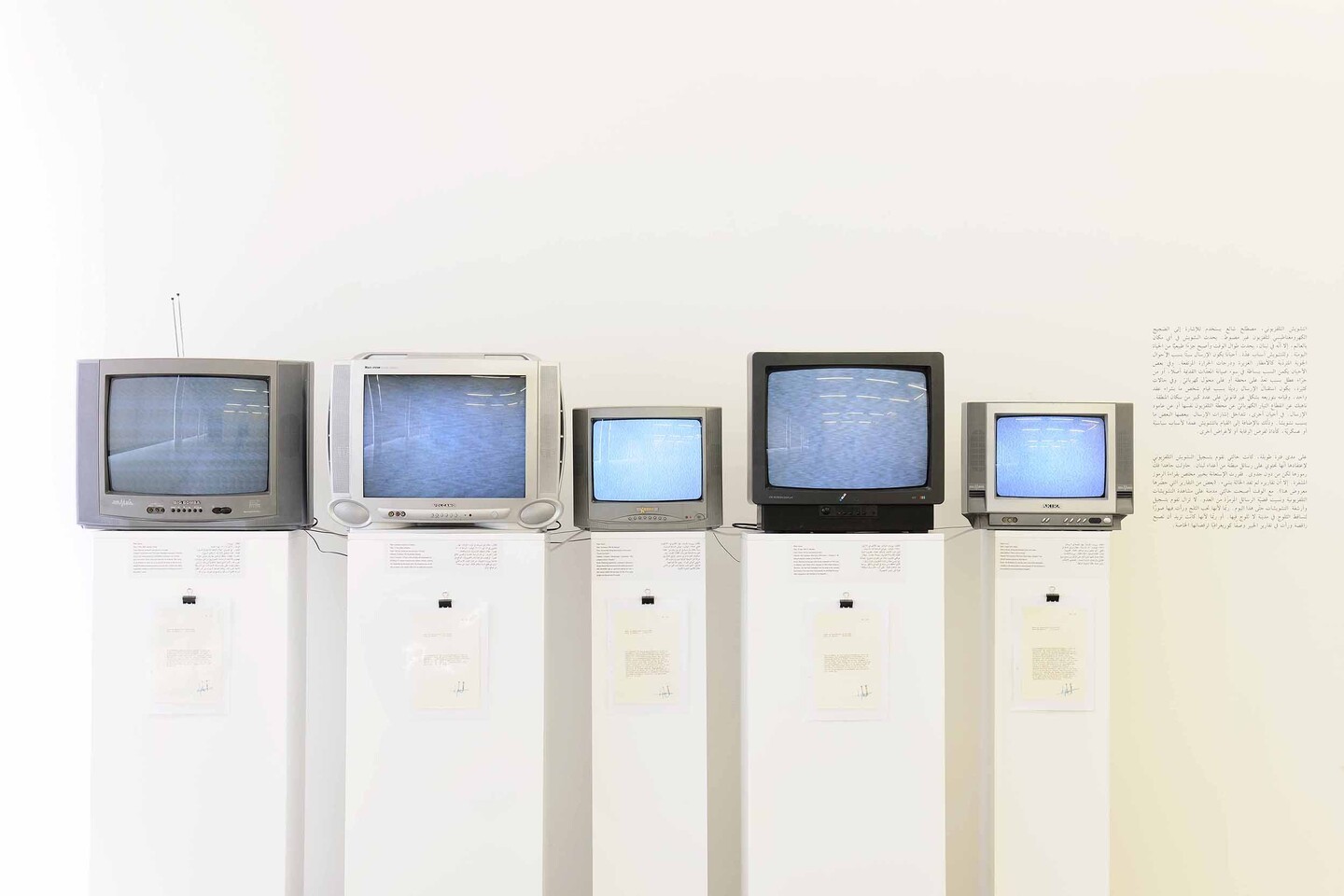
TV snow is a common term for the haze of analog noise on to un-tuned TV. TV snow occurs everywhere. But in Lebanon it happens all the time and it has become a part of everyday life. There are many reasons for TV. This is the first time I've ever seen a lot of meteorological phenomena. Sometimes the transmission is bad. Sometimes there is a relaying unit. Sometimes the receptionist is in the middle of the room. Sometimes there are power cuts, in the TV station, or in the relaying unit. Sometimes different signal overlap, jamming each other.
For a long time my aunt on my mother's side has been watching TV, because she thought it was subliminal messages from the enemies of Lebanon. She tried very hard to decode it. She even hired an expert code-breaker. He has failed in reading the hidden messages. With time, she has become addicted to TV. She silently records and archive TV snow. Maybe because she loves snow and in Beirut it never snows. Or maybe because they wanted to get a dancer and they found their own choreographic scores.
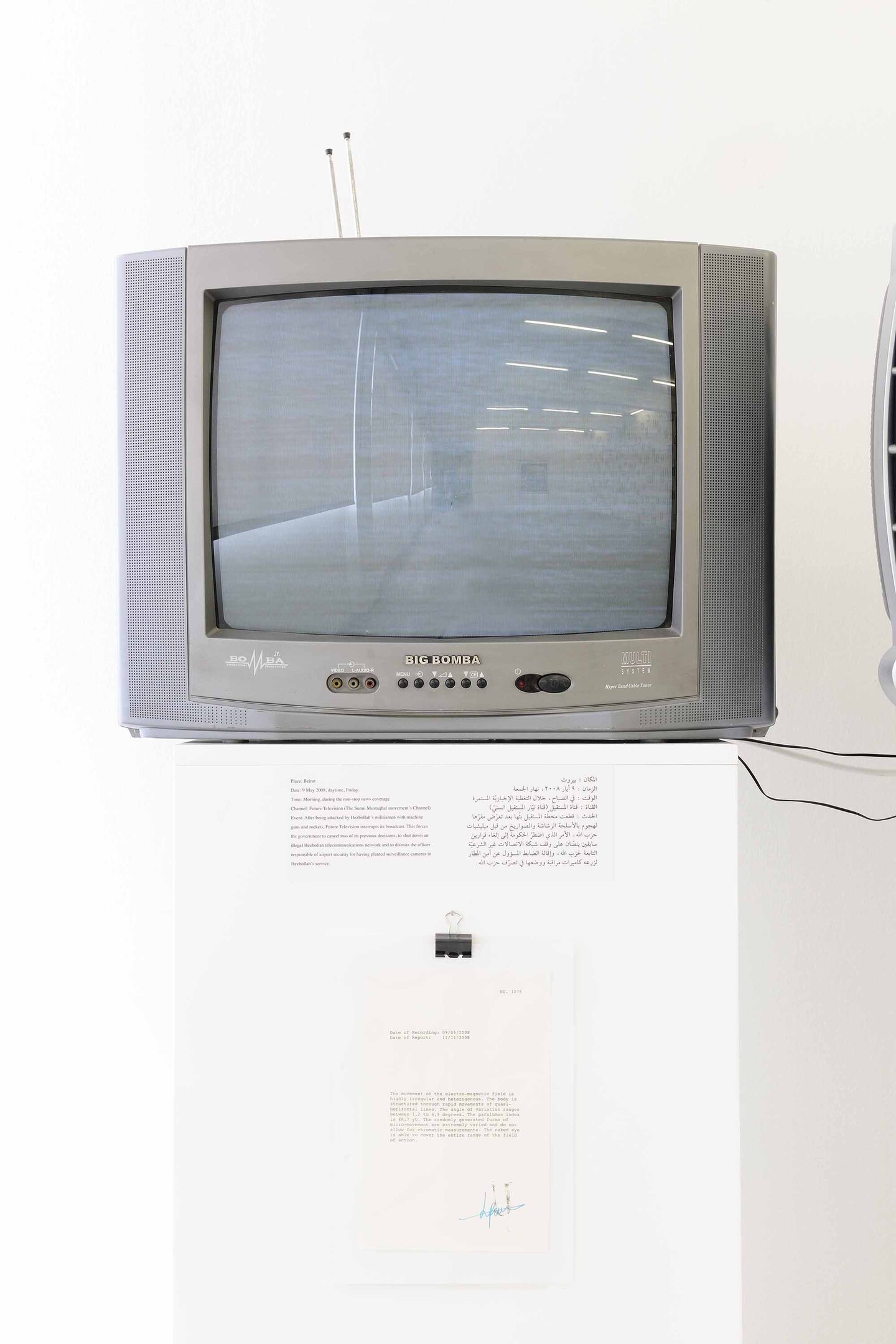
one of 5 TV's, video, text, reports, 2:15 min, Ed. 5 + 2 AP

one of 5 TV's, video, text, reports, 2:15 min, Ed. 5 + 2 AP
The works have a performative quality in that they actively engage with the observer. Whether it is prints that need to be unveiled, or a cabinet of curiosities of images and sounds that are manually triggered, or an entire wall of 366 miniature newspaper collages of war and diaspora that one has to peer into to see, Mroué invites the spectators to take a second look at certain images, and to pick up the remnants, what has been left out of the archive, therefore unleashing new meanings and new potential.

44 posters, silk paper, text, 63 × 44 cm (each), Ed. 5 + 1 AP
"At around 2 am, I heard a noise like the drone of a washing machine." "It's like the spoon of a bottle of Coco-Cola being opened."
"It was not a very loud noise, not loud enough to wake." "I was fortunate not to have seen what else."
"There was no smell, no color, eyes did not just resist and bulged."
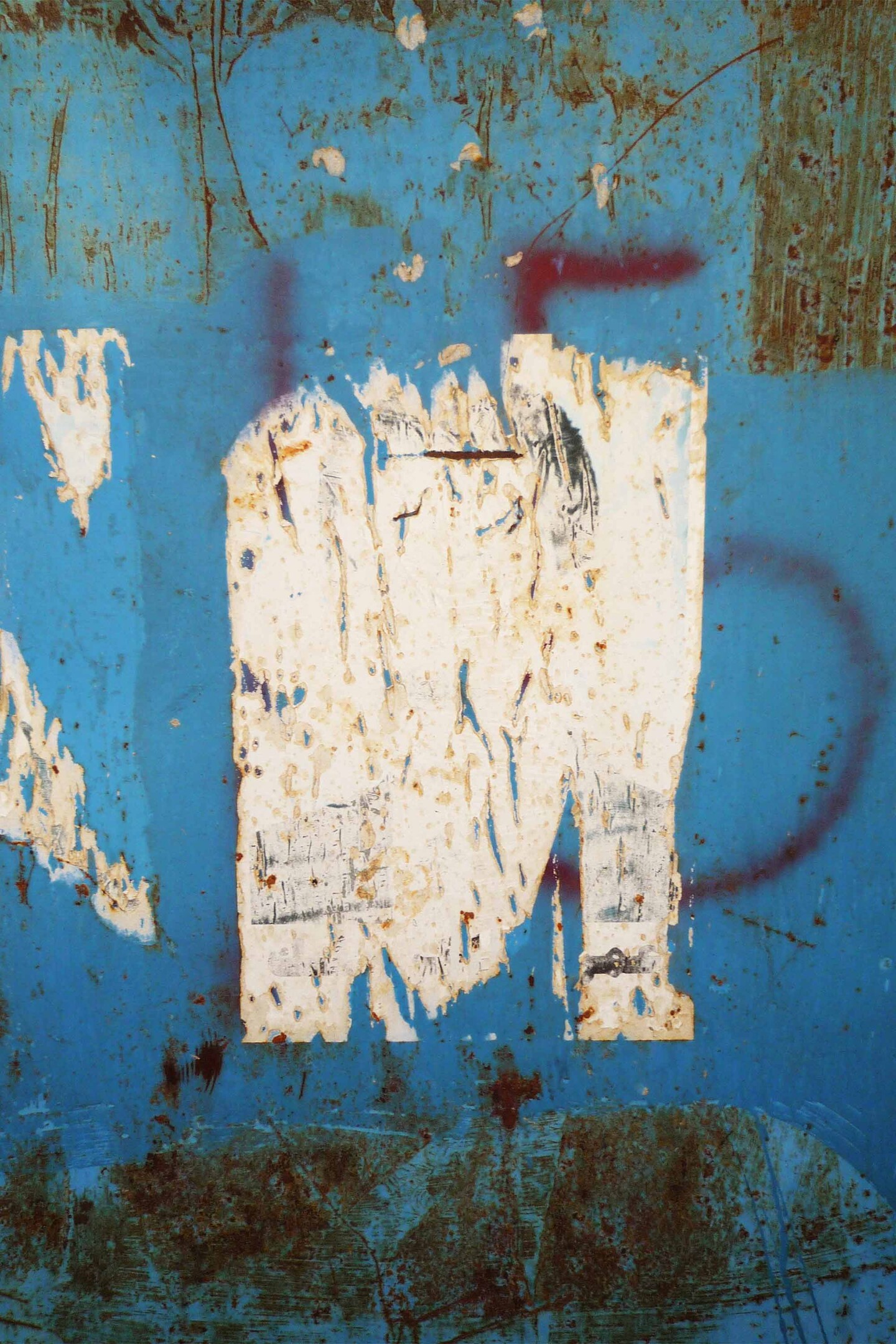
poster, silk paper, text, 63 × 44 cm
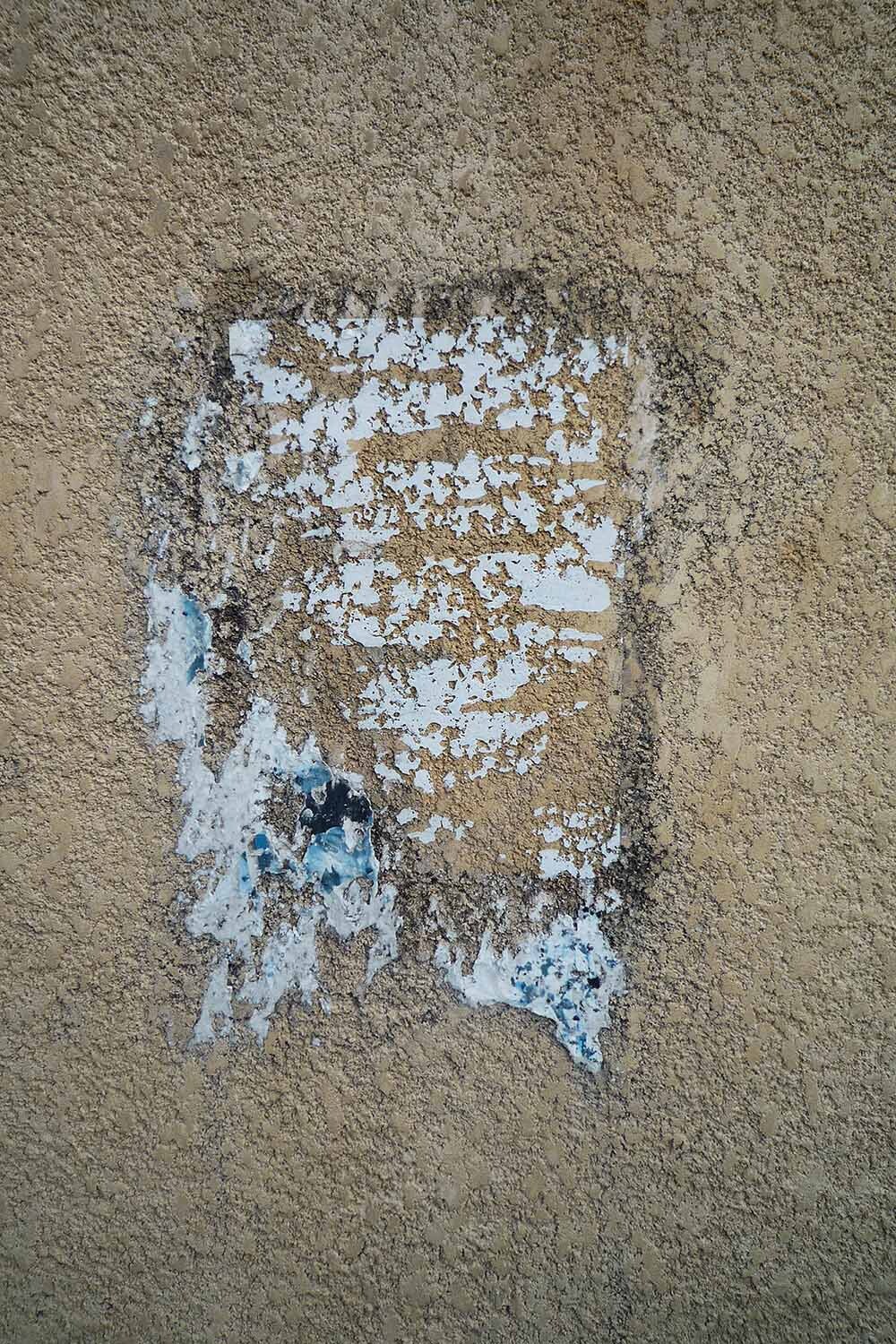
poster, silk paper, text, 63 × 44 cm
"As soon as I had dreamed, I had no flowed through the pipes for over a year.
"When I entered, I found it all in its place." They were like it all.
"I can not wait to see what's going on."
"The square thing covered in white sheets." "I do not think anyone had counted exactly how many of us were were."
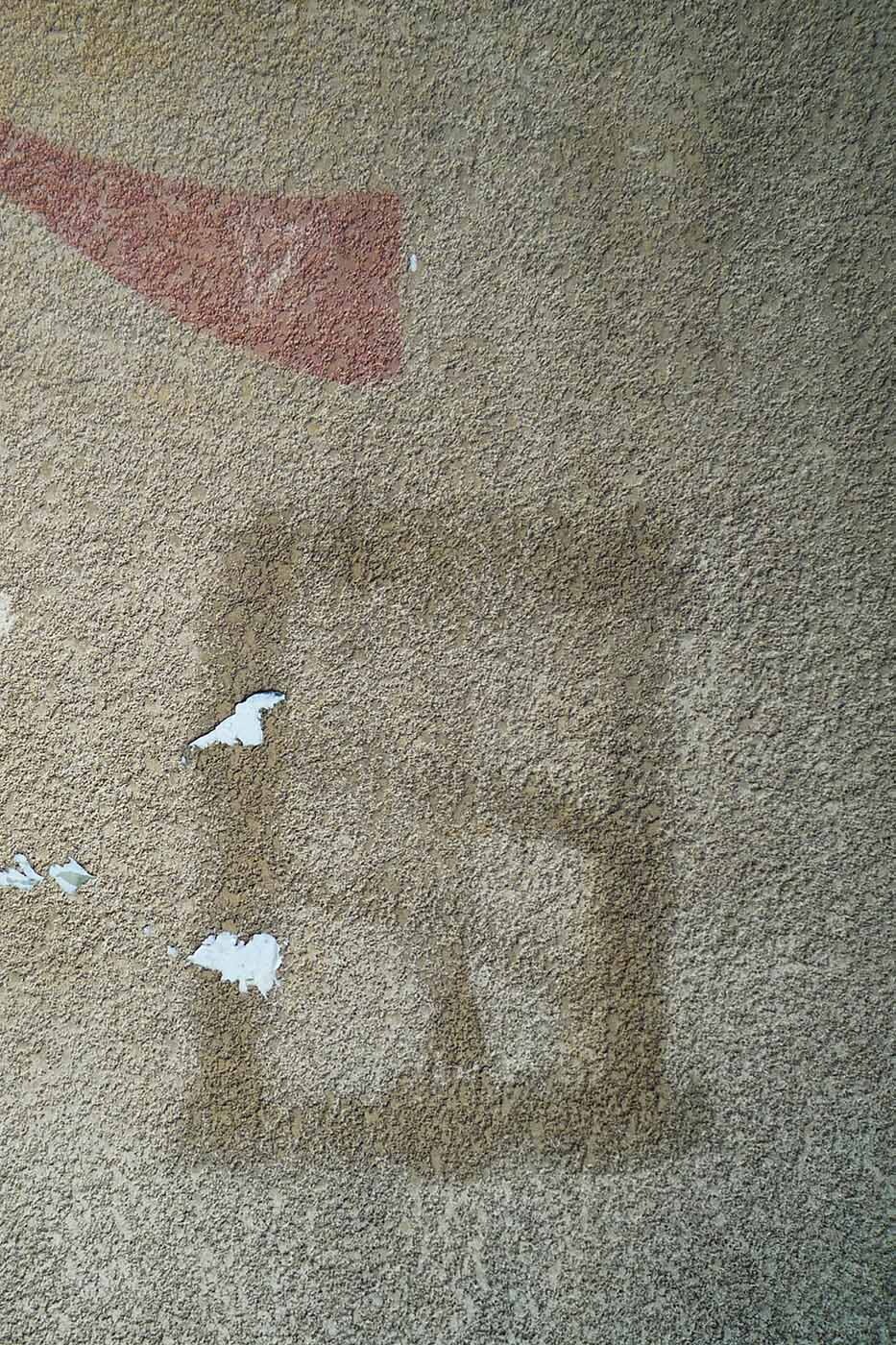
poster, silk paper, text, 63 × 44 cm
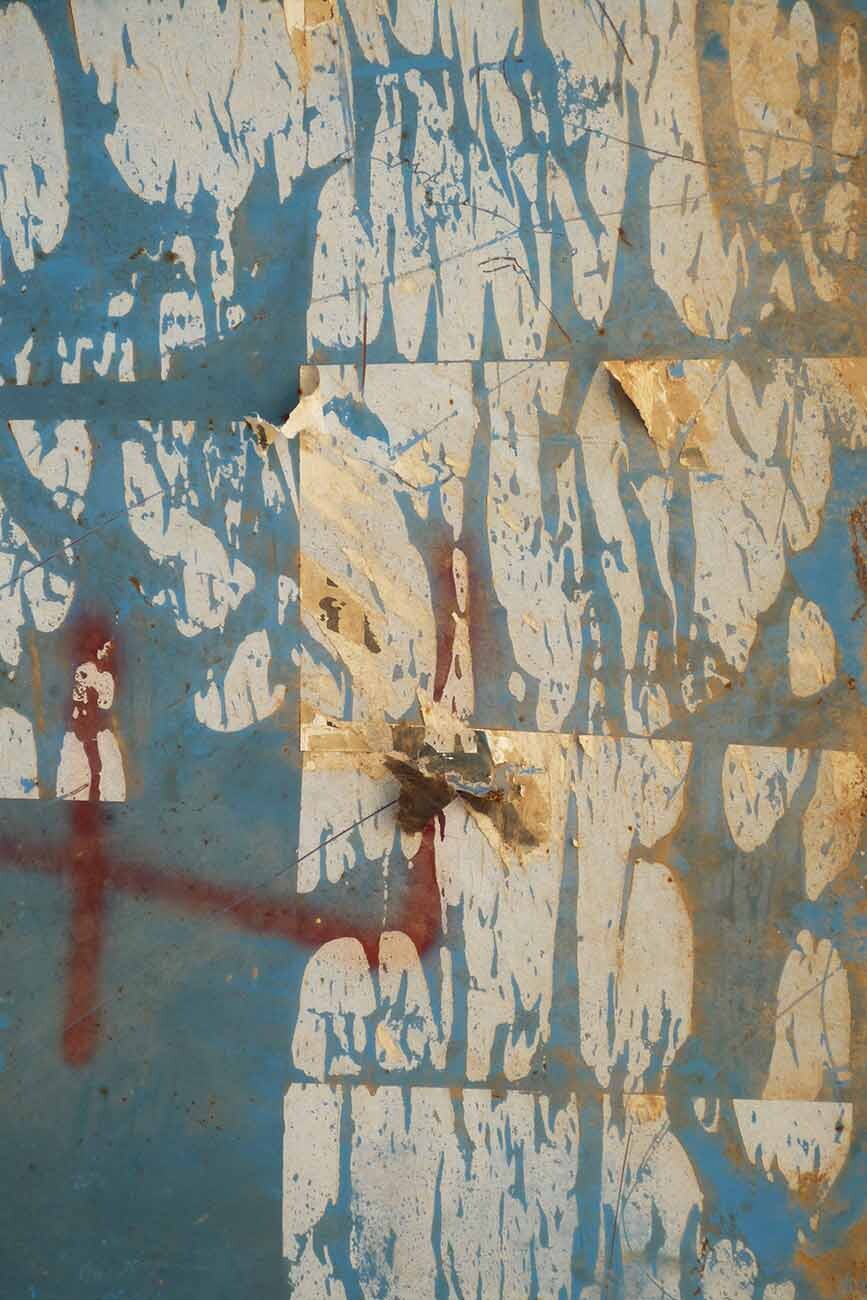
poster, silk paper, text, 63 × 44 cm
"We were standing against the walls of the square, when we began to drop, one after the other."
"Some of us lost sight in their attempt to help a knit friend or neighbor."
"There was a big cloud of smoke covering all the area we had nothing to protect ourselves." No masks to cover the faces we were all coughing and somewhere suffocating ... "

poster, silk paper, text, 63 × 44 cm
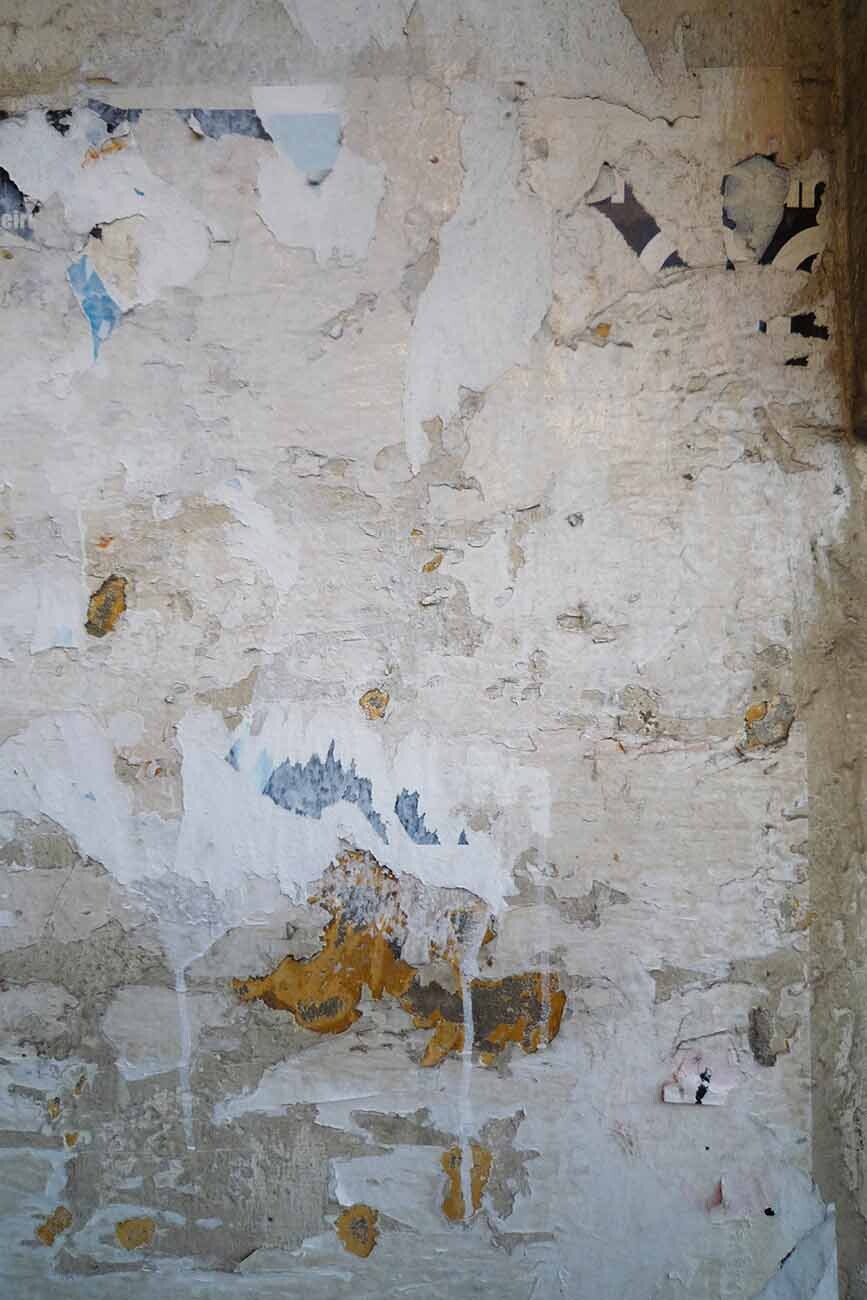
poster, silk paper, text, 63 × 44 cm
"I've been looking at my sight slowly faded, as if it were no longer mine, as if it belonged to someone else."
"I would not recommend this hotel to anyone."
"Everything looked distorted and I couldn't remember anything." "This is what we have survived in the future."
The artist employs procedures to point out the inconsistencies and disparities of images, and to articulate other narratives in an ironic and distanced way. The artist tells stories of lives teetering on the edge of uncertainty.

366 collage on paper, stamped by the artist on the back, 23 × 16,5 cm (framed), unique

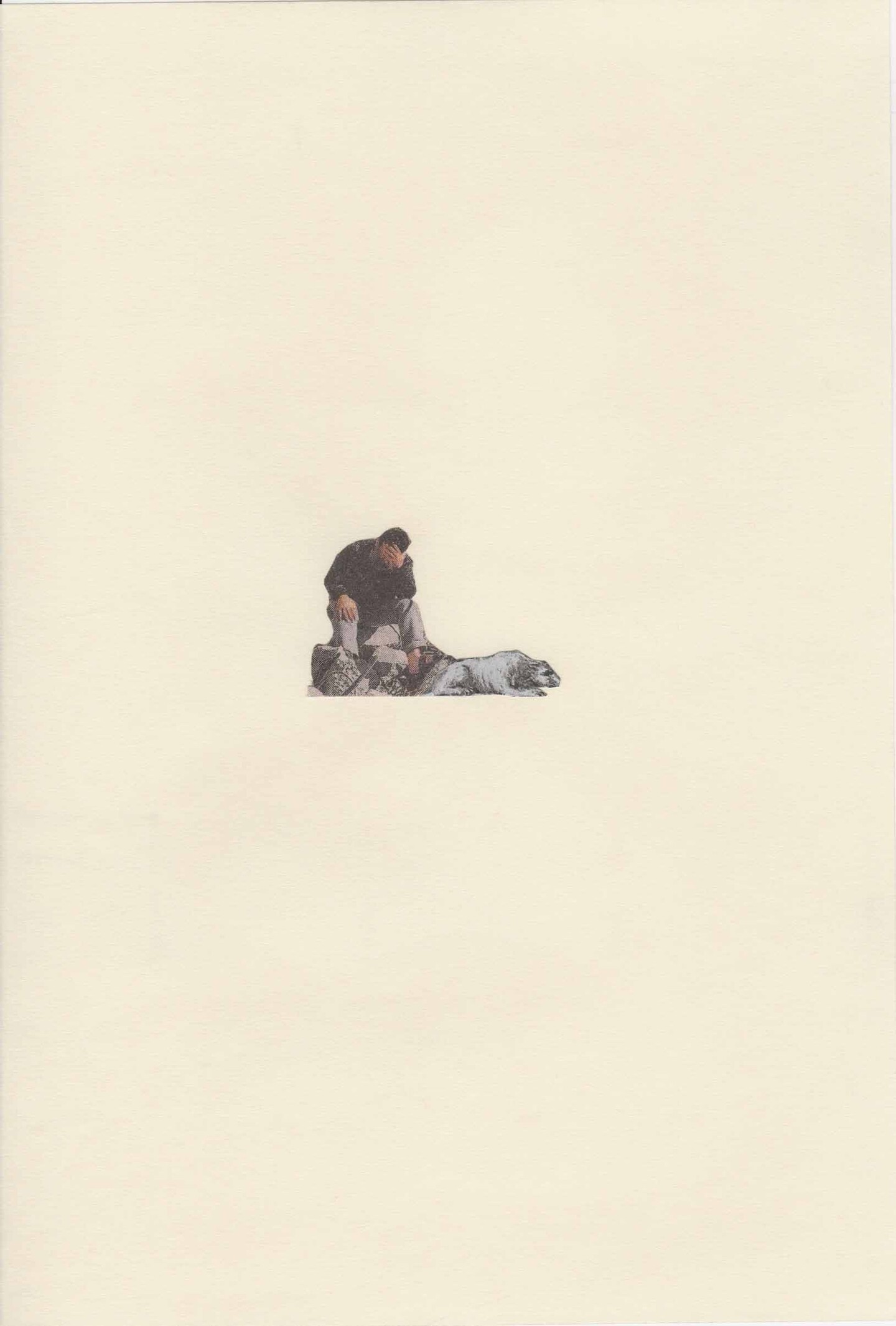
collage on paper, stamped by the artist in the back, 23 × 16.5 cm (framed)

collage on paper, stamped by the artist in the back, 23 × 16.5 cm (framed)

collage on paper, stamped by the artist in the back, 23 × 16.5 cm (framed)

collage on paper, stamped by the artist in the back, 23 × 16.5 cm (framed)
He creates anti-biographical narratives, or biokhraphia, a play on words coined by the artist and his partner, Lina Majdalani, used to illustrate the fantasy, delirium, and failures of an incomplete life, contrary to the linear time line of a traditional biography.
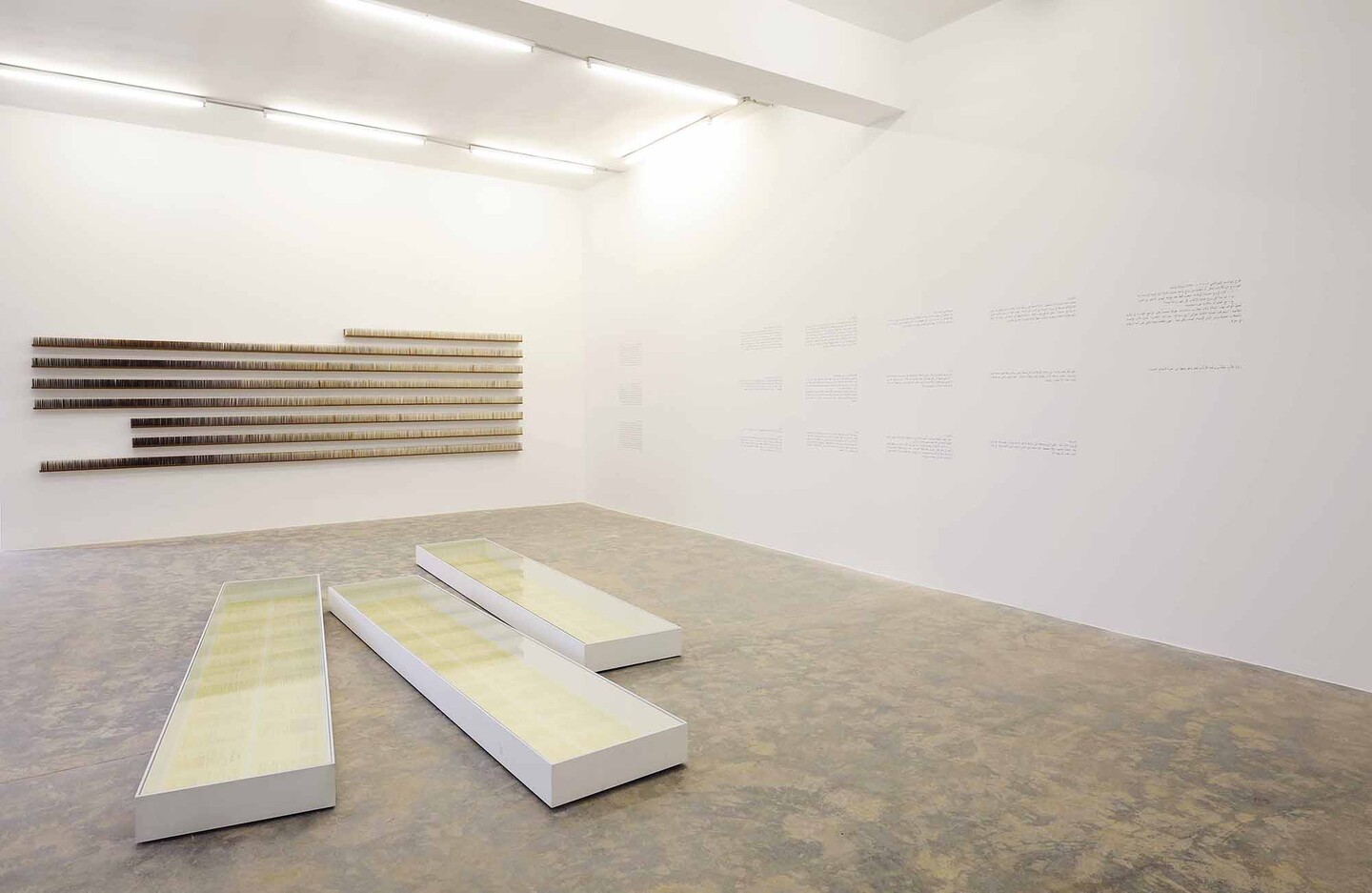
installation including shelves, 8000 cards, 2 copies original manuscript, vinyl wall texts and the video „Checkmate“, color, sound, dimensions variable, video 18:30 min, unique + 1 copy

installation including shelves, 8000 cards, 2 copies original manuscript, vinyl wall texts and the video „Checkmate“, color, sound, dimensions variable, video 18:30 min, unique + 1 copy
The library:
The grandfather's library contained more than 8,000 books. When he was in his seventies, his vision became weak, and he could no longer remember the exact placement of the books on the shelves. If it is necessary, it will be a good idea. The father has a problem with this problem; He asked his daughter (the sister) to help him to devise a system to categorize the books. They have a separate card. On this card, they would write the number and the title of the book. They have all the cards in alphabetical order, so that when the grandfather would need a book, he would look for his title in the cards, see the number, and follow the number on the library's shelves. It took a long time to complete the mission. After the death of the grandfather, no one relied on the cards anymore, and they became useless. The son took the cards, and decided to arrange them non-alphabetically, in the same manner.

shelves, 8000 cards, 2 copies original manuscript, dimensions variable
The book:
In 1979, the father decides to write a book on mathematics, inspired by Fibonacci's theories. As soon as he starts writing this work, the flares up again in Beirut. The father perseveres in his project, despite the civil war. In 1982, the Israeli government learns that the father is close to completing the project, and rushes to invade Lebanon, in order to stop him from finishing his work. The Israeli invasion starts in June, 1982. The father insists on persevering with the project, intensify his cerebral effort, the Israeli army surrounds Beirut. Yet the father does not stop working. In spite of the shortage of water and petrol, he goes on with his writing. He is the name of the book, and the name of the book is: Variations on a Theme by Fibonacci. He had a lot of fun with the army, in writing a book.

vinyl wall text
The short story (CheckMate):
In the year 1989, the son wrote his first short story. It is the tale of a family in the middle of Beirut and West Beirut. The story describes how the different members of this family spend their time during this bombing, in a corner of their house, which they assume to be safe. The story ends with a bomb actually hitting this corner of the house. The reader understands what is going on, but does not know the extent of the casualties. A very short time later, during the actual round of bombing, the son found himself with his family in the same situation as in his story. They ended up in the same way. The mother, the sister, and the elder brother were wounded. This incident had a tremendous impact on the son, and he interpreted it as a sign that he should not write any more short stories. This story was the first and the last one he wrote. Afterwards he stuck to the theater, despite his uncle's encouragement to focus on writing and literature, rather than the theater.
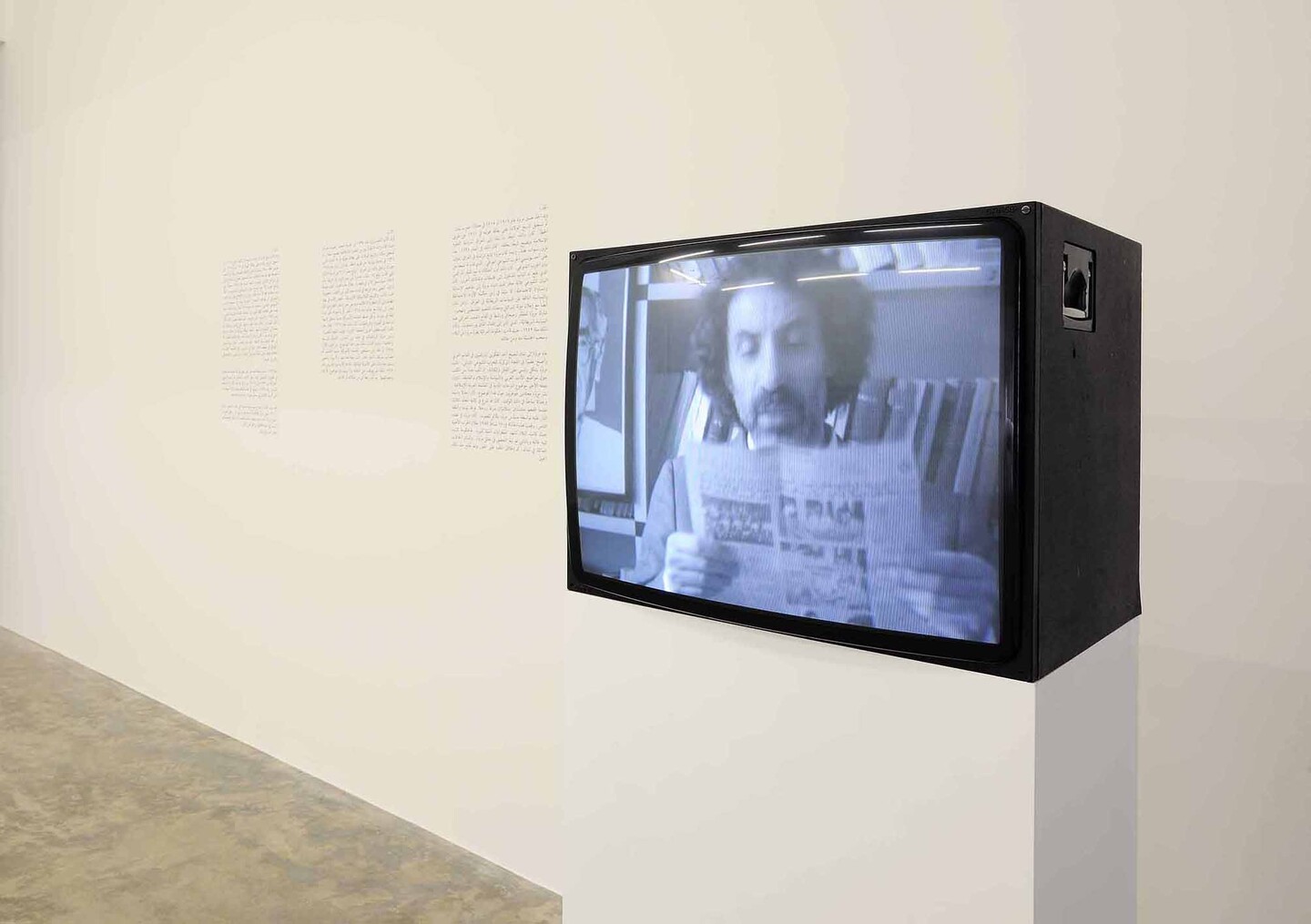
video „Checkmate“, color, sound
Mroué places himself as the protagonist diligently investigating the oddities and anomalies of war only to reveal further questions and doubts.
I have been collecting photographs of myself as a missing person as they have appeared in the local newspapers. It was not clear to me why I was doing this, but I was disappointed by the question of how a person could disappear in a small country as Lebanon, Communitarian, tribal and so on.
No matter how well, in any country, for that matter-there are always cracks and fissures into which individuals disappear; They escape, they are elude, they get lost, and sometimes they even commit crimes-all without leaving a single trace.
It is not a good idea to be a person who is not a person, but a person who is not a human being. And frankly, I'm not sure.
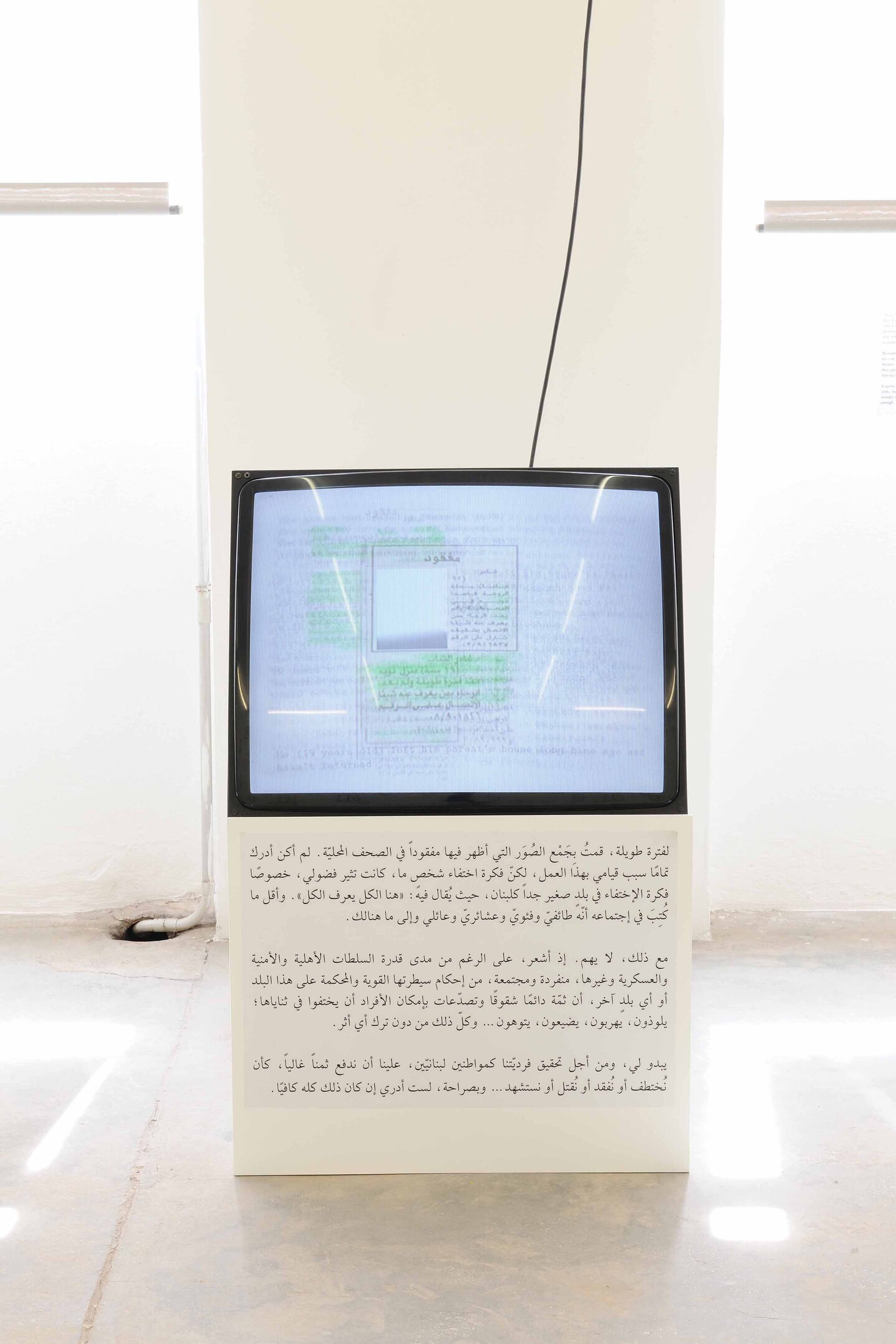
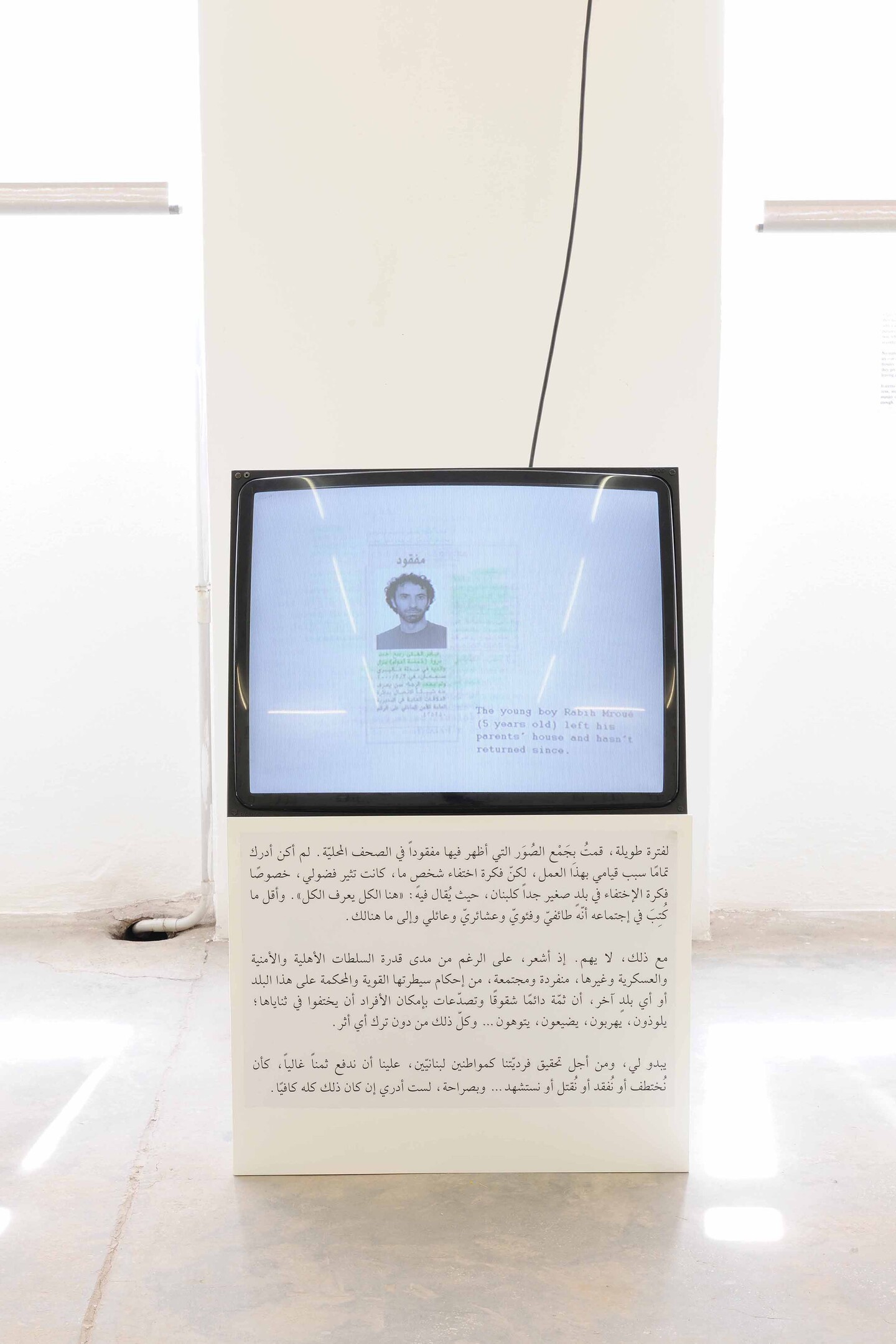
His anti-heroes include the conspiracy theorist, the mathematician, the censored performer, and the missing person, with their stories told through video, drawings, and text.
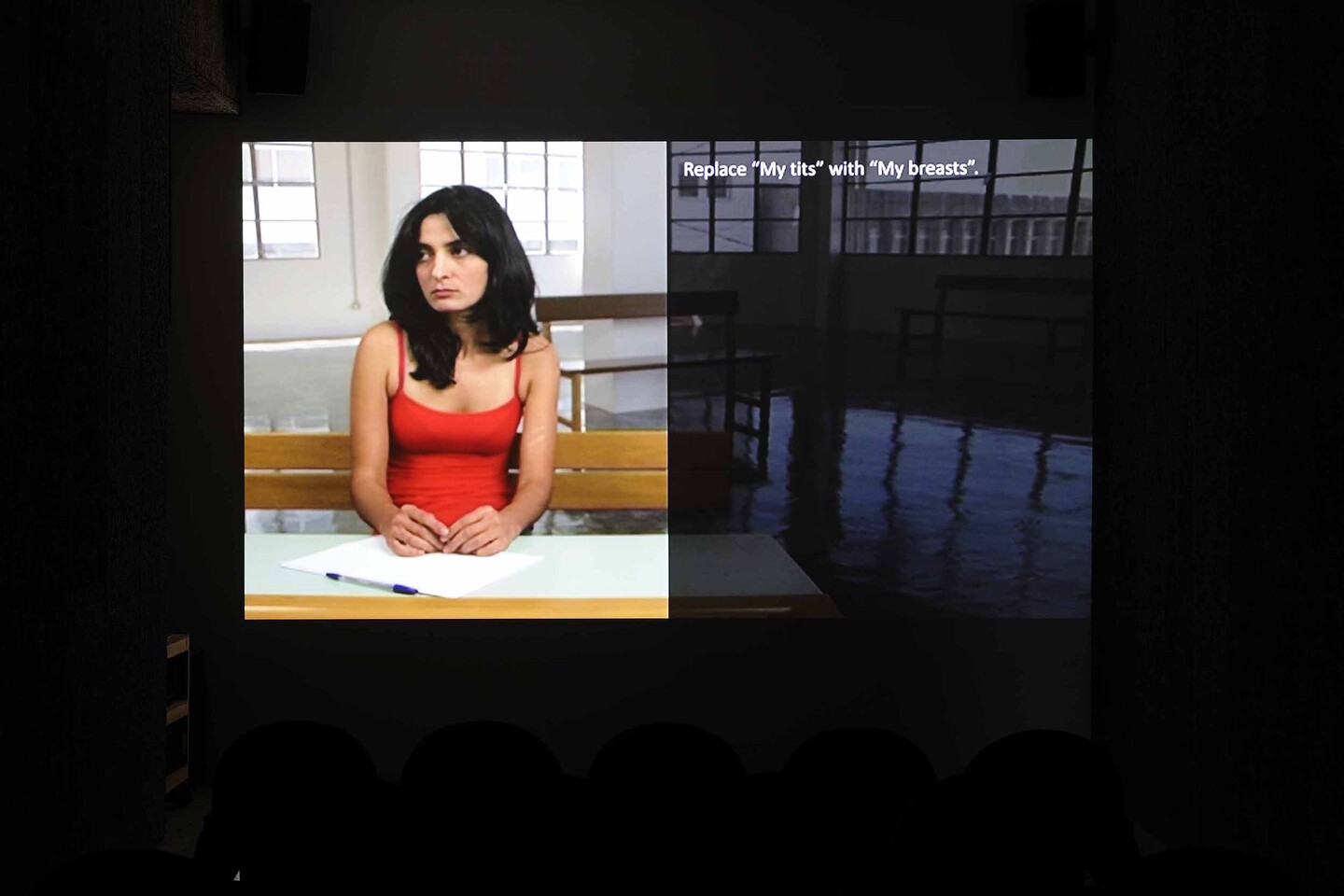
video, 14.7 × 13.5 cm, 7:45 min, Ed. 5 + 2 AP
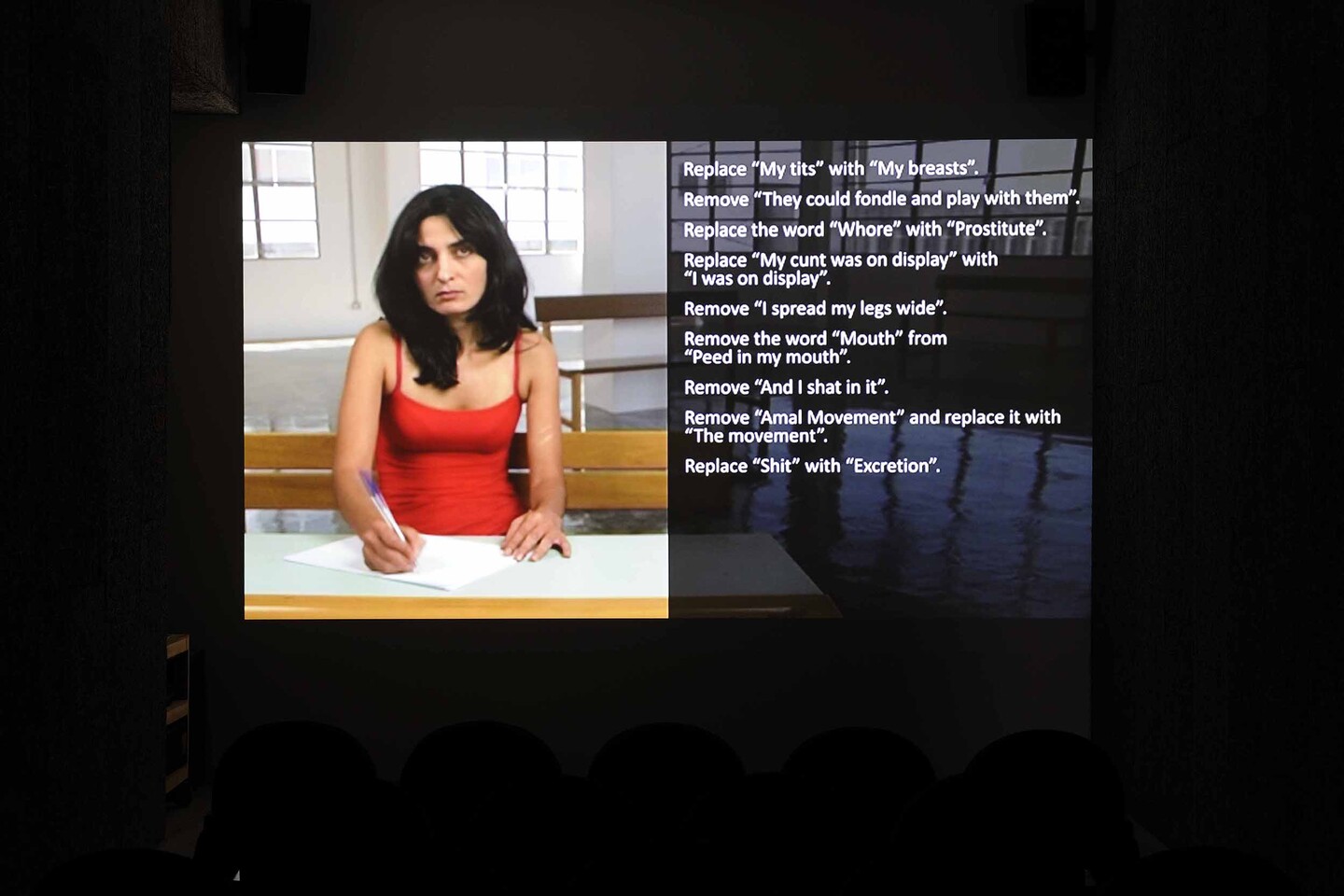
video, 14.7 × 13.5 cm, 7:45 min, Ed. 5 + 2 AP
Rabih Mroué has had solo exhibitions at Kunsthalle Mainz (2016); MoMA New York (2015); Kunsthalle Mulhouse (2015); SALT, Istanbul (2014); Centro de Arte Dos de Mayo, Madrid (2013); Documenta, Kassel (2012); Kunstverein Stuttgart (2011); And BAK, Utrecht (2010). He has participated in major group exhibitions at the Walker Art Center, Minneapolis (2016); MACBA, Barcelona (2015); Performa 09, New York (2009); 11th International Istanbul Biennial (2009); Queens Museum of Art, New York (2009); Center Pompidou, Paris (2008); And Tate Modern, London (2007).

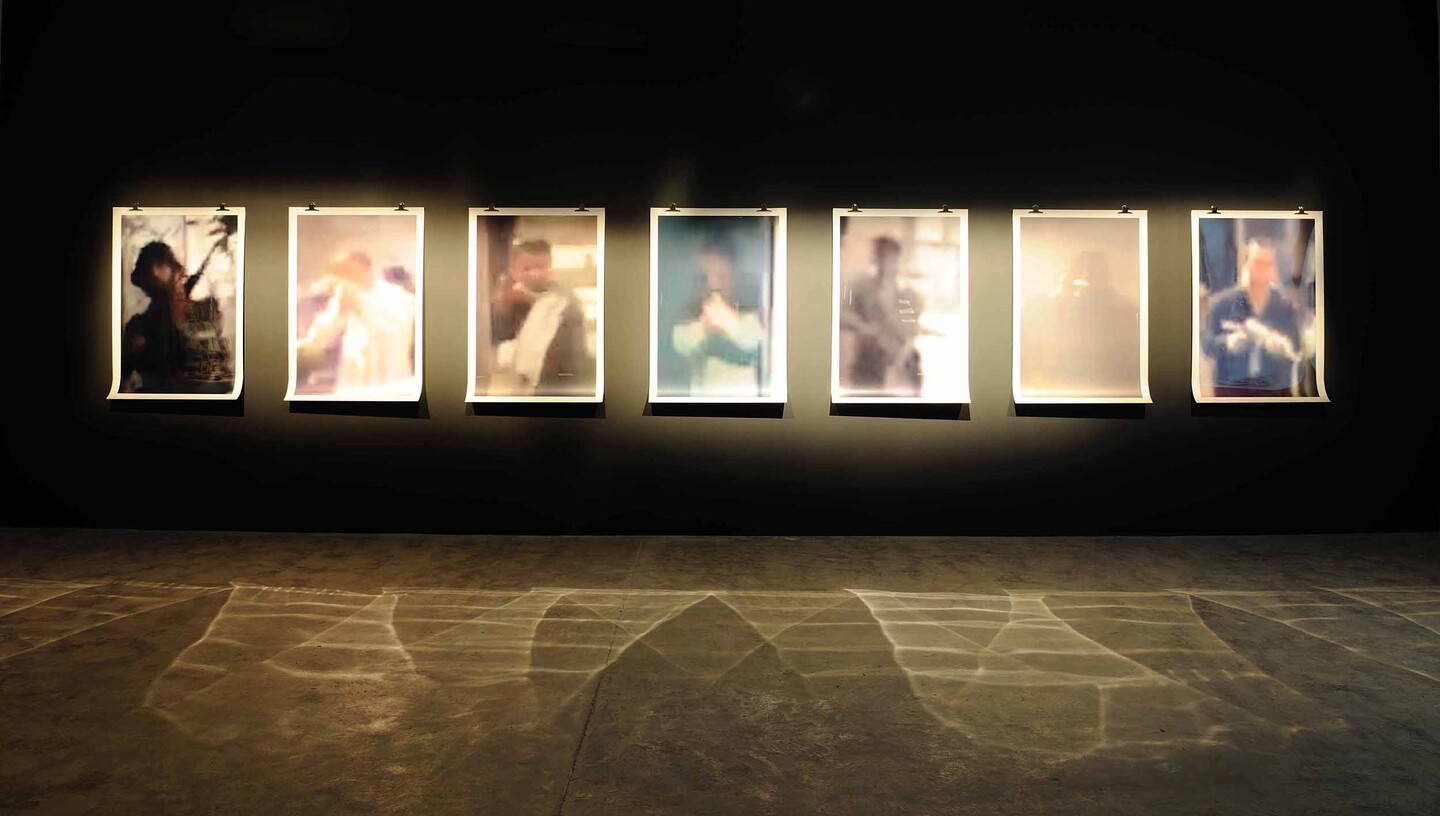
7 inkjet print, 130 × 90 cm each, Ed. 5 + 1 AP
His works are in the collections of the MoMA New York, Center Pompidou Paris, SFMOMA San Francisco, The Art Institute of Chicago, CA2M Madrid, MACBA Barcelona, and the Van Abbe Museum Rotterdam, among others.
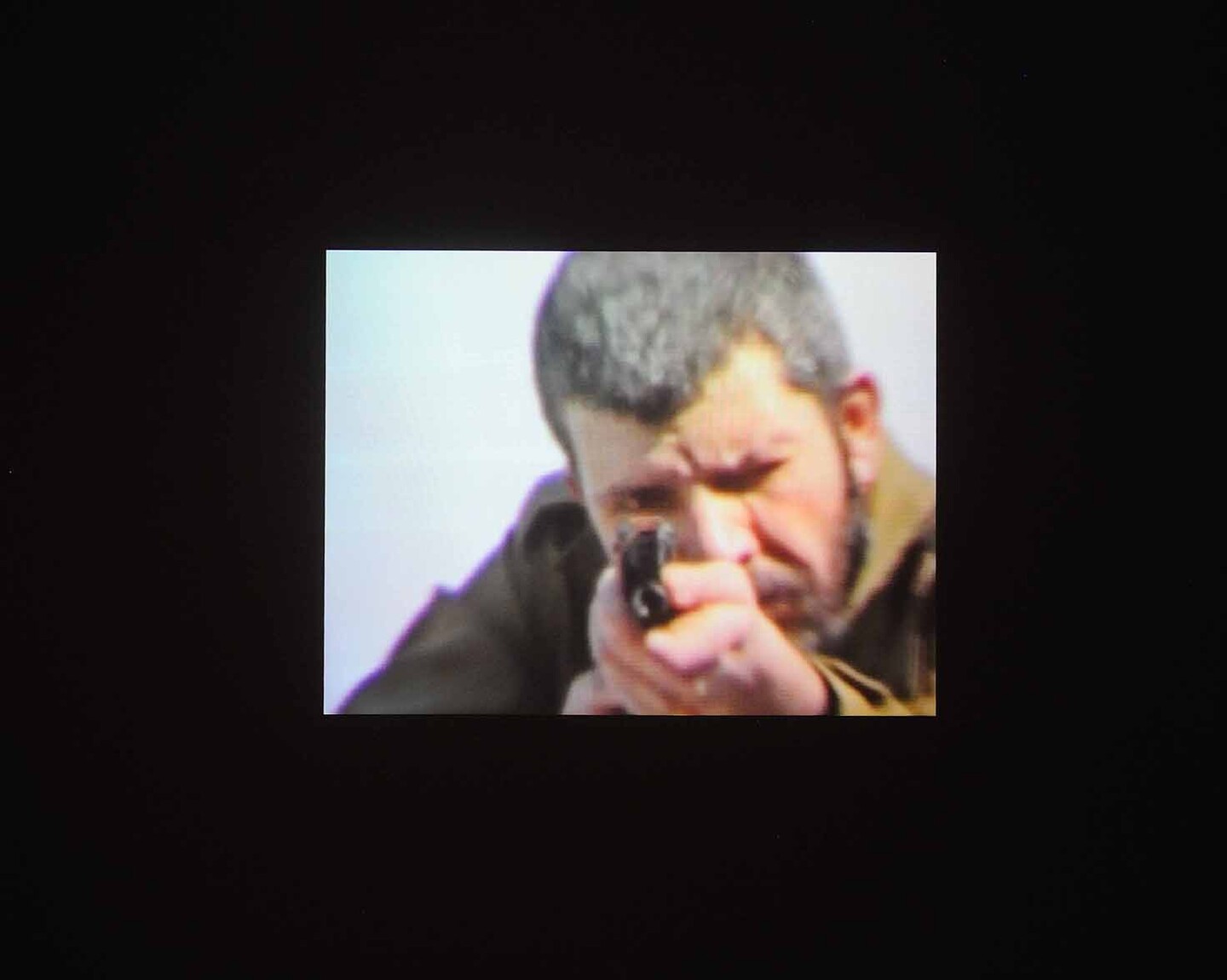
video, color, sound, video still, 9:14 min, Ed. 5 + 2 AP
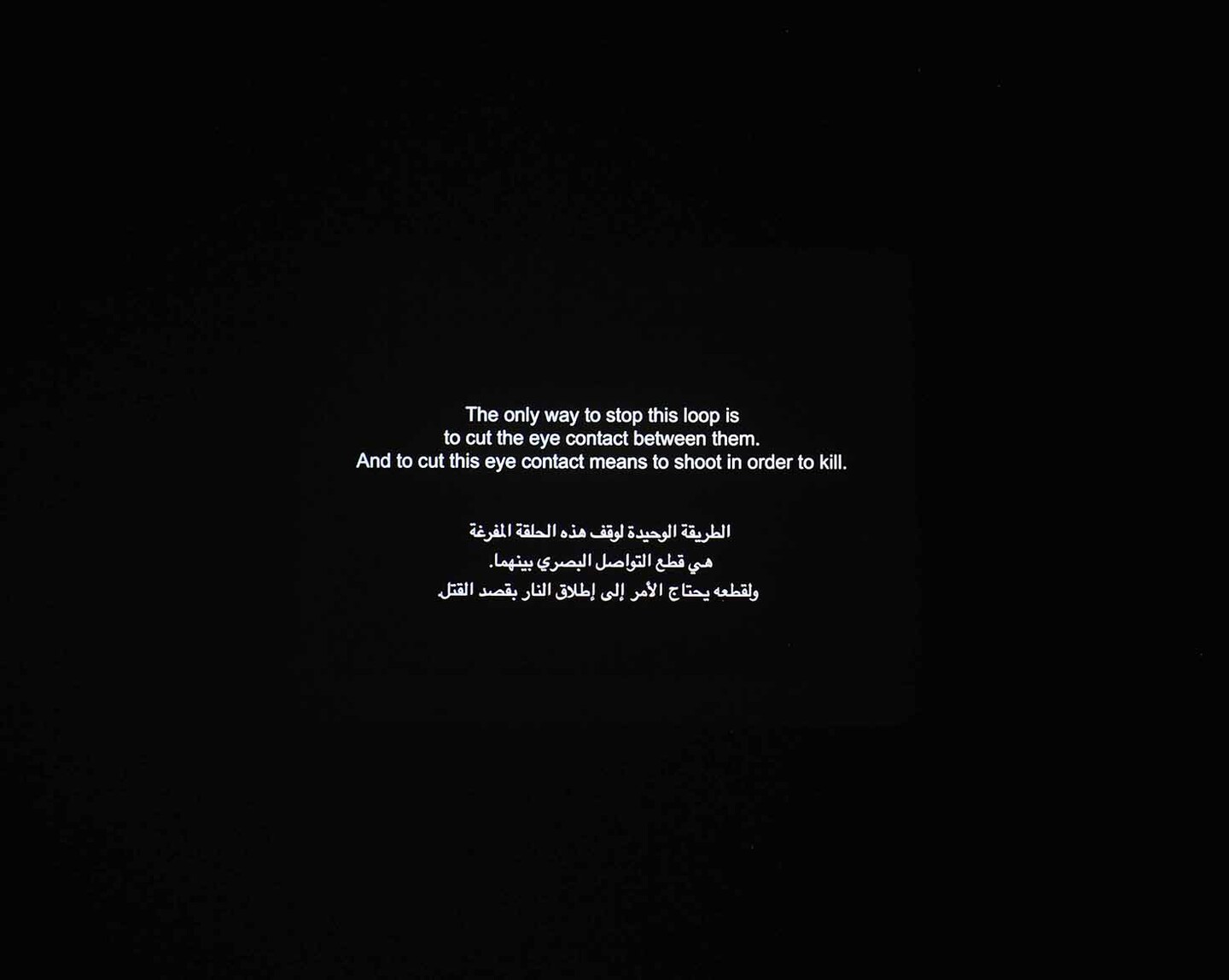
video, color, sound, 9:14 min, Ed. 5 + 2 AP
Mroué is a contributing editor to the drama review (TDR), a co-founder of the Beirut Art Center and a long time collaborator with Ashkal Alwan, who have produced many of his performances.
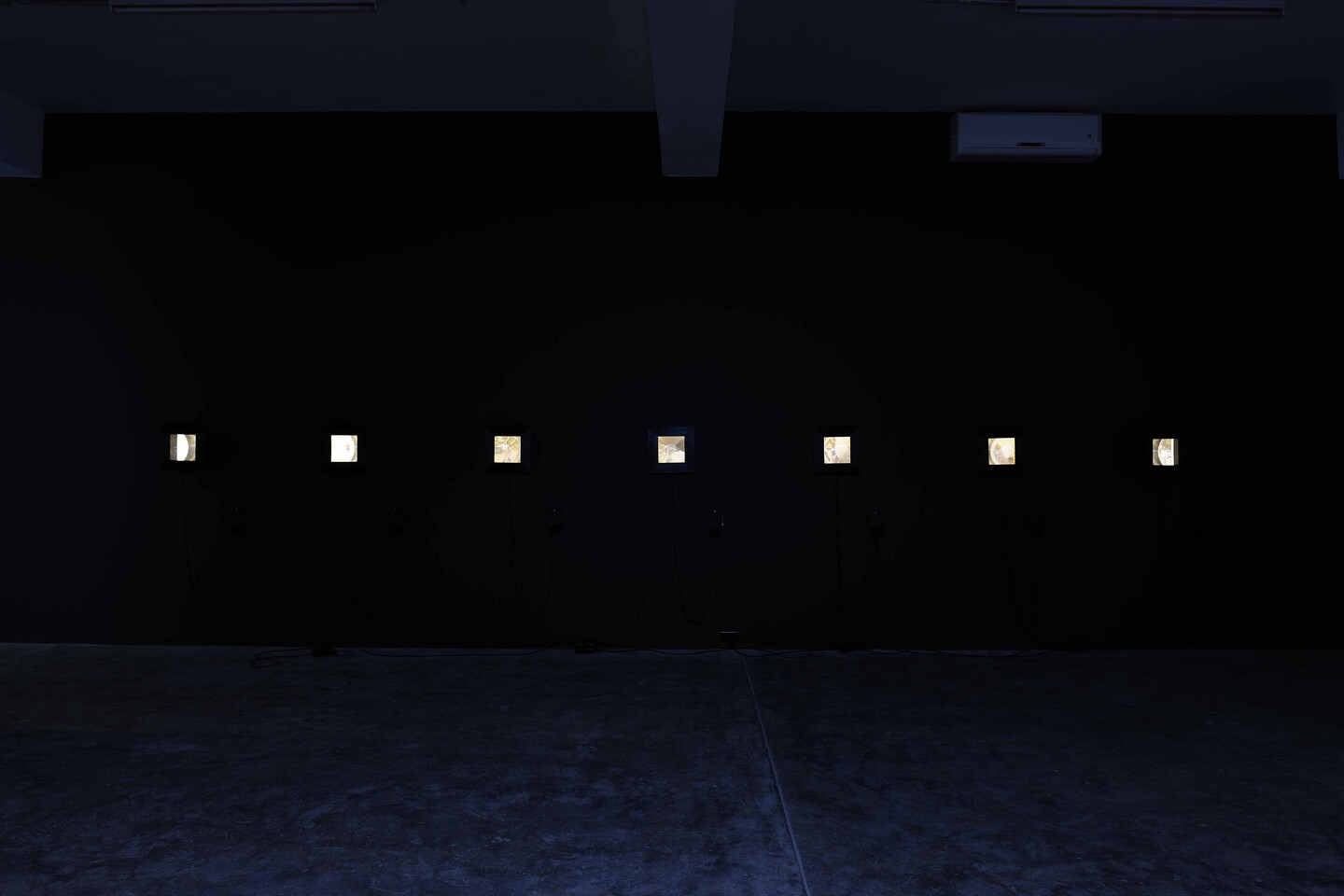
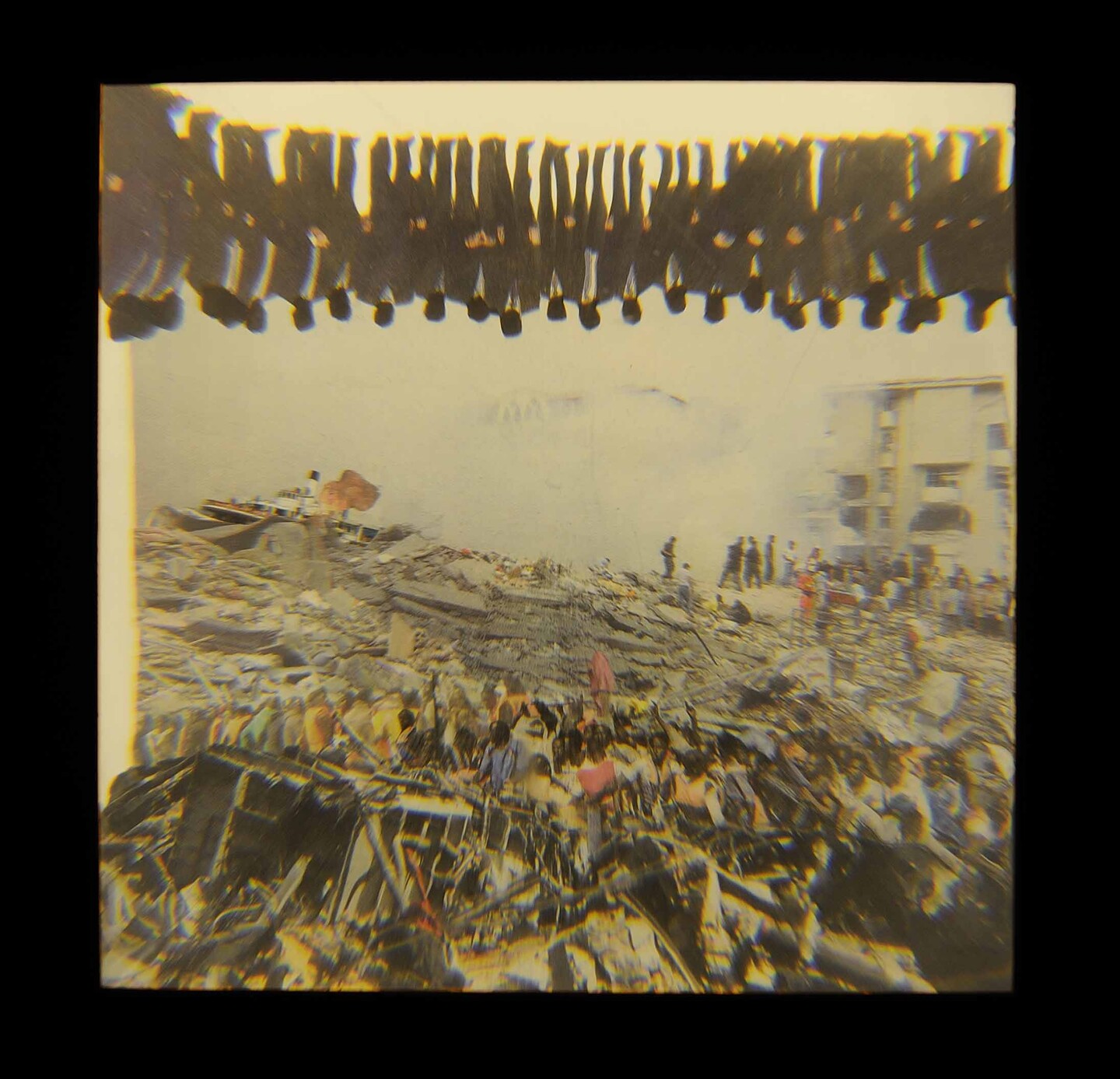
collage on paper, LED-Light, sound, headphones, wooden box, 34 × 34 × 22 cm (wooden box), unique
He is currently an associate director of Kammerspiele Munich.
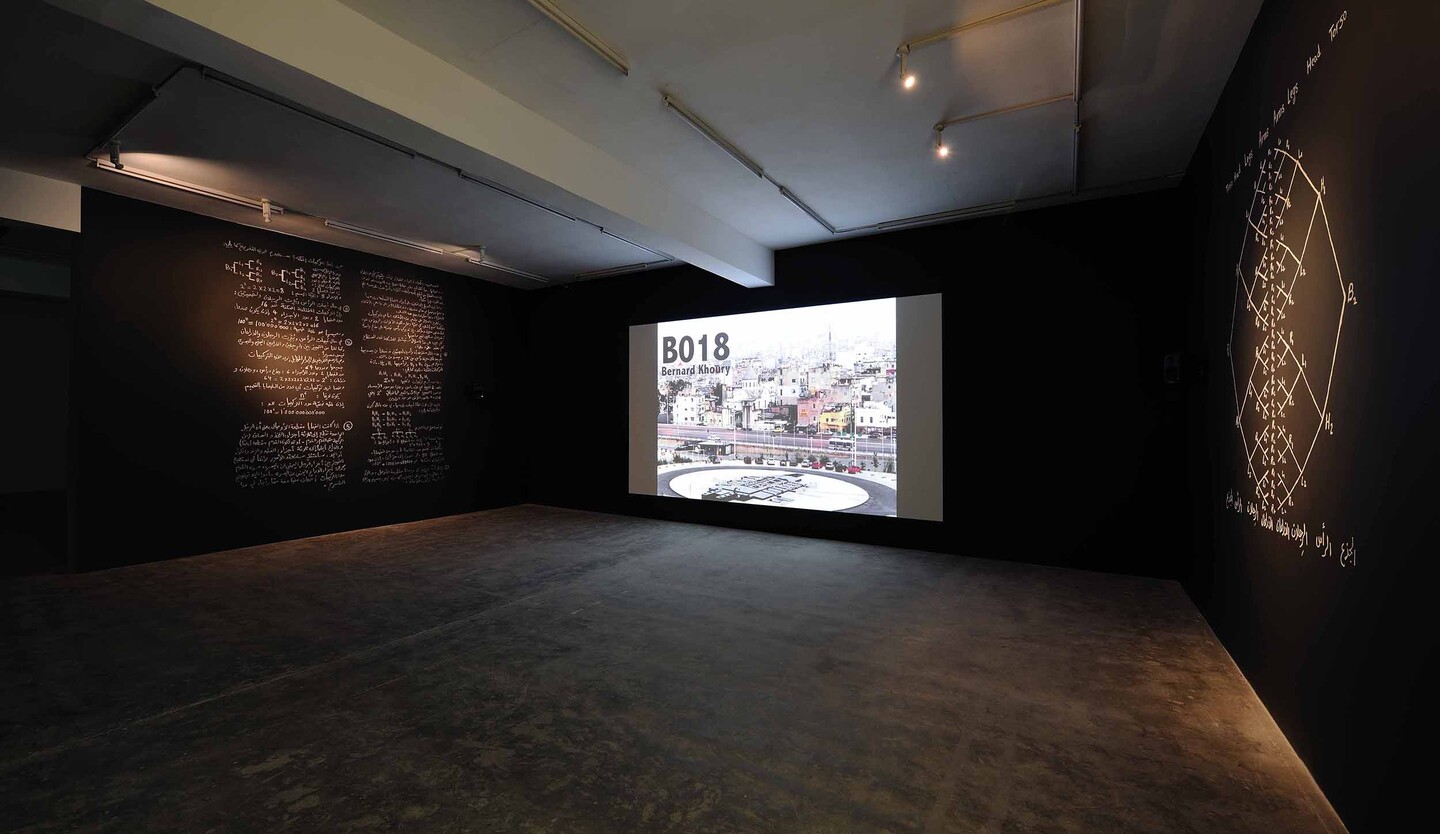
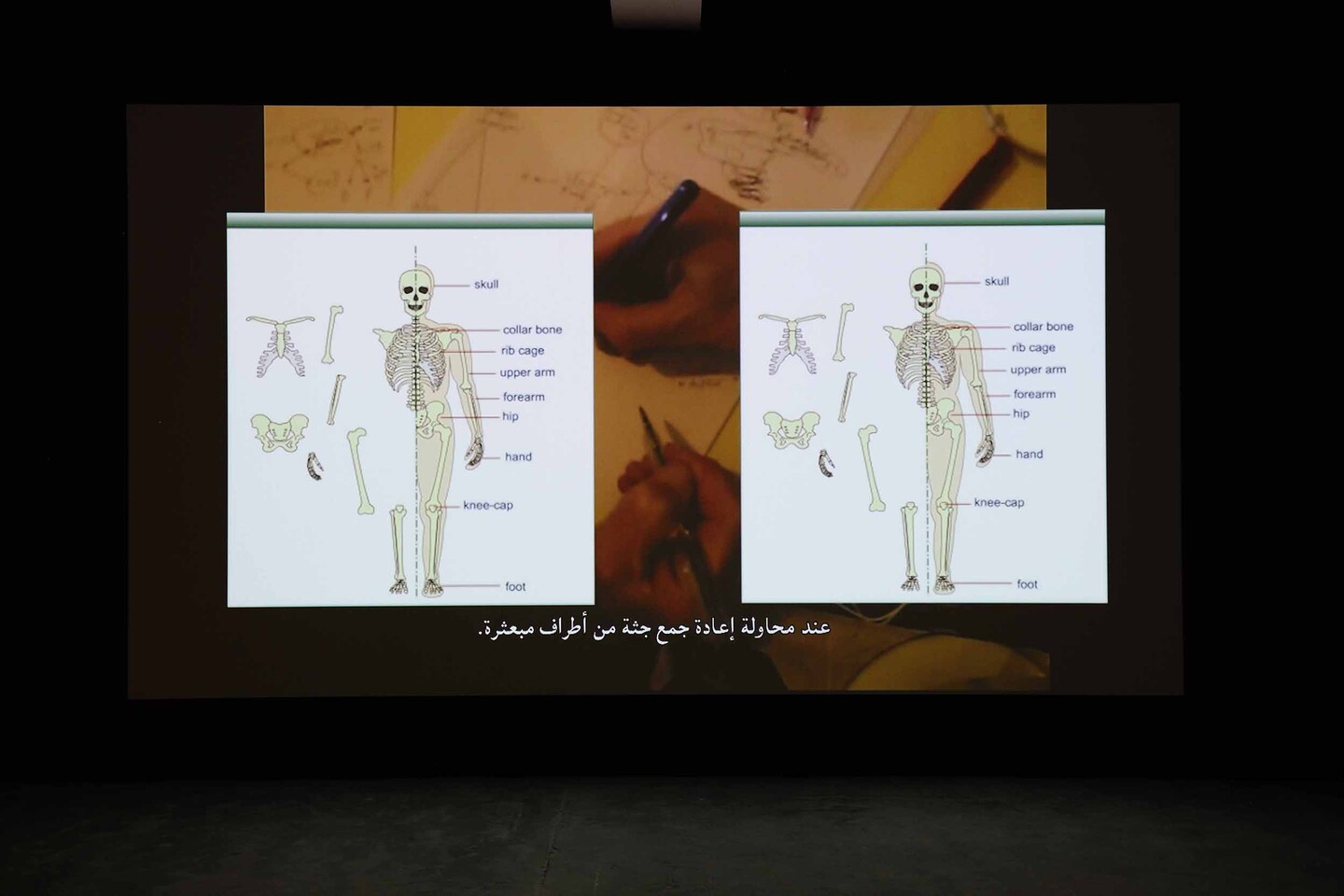
video, mono sound, 8:33 min, Ed. 5 + 1 AP